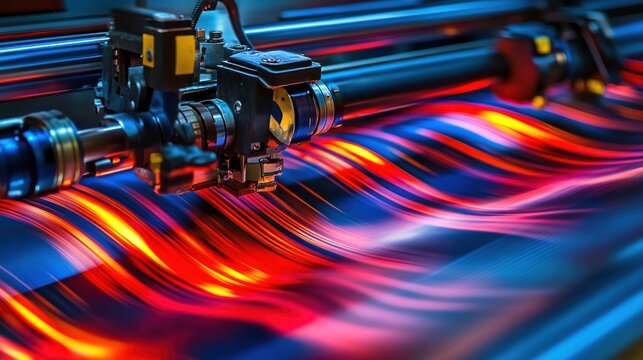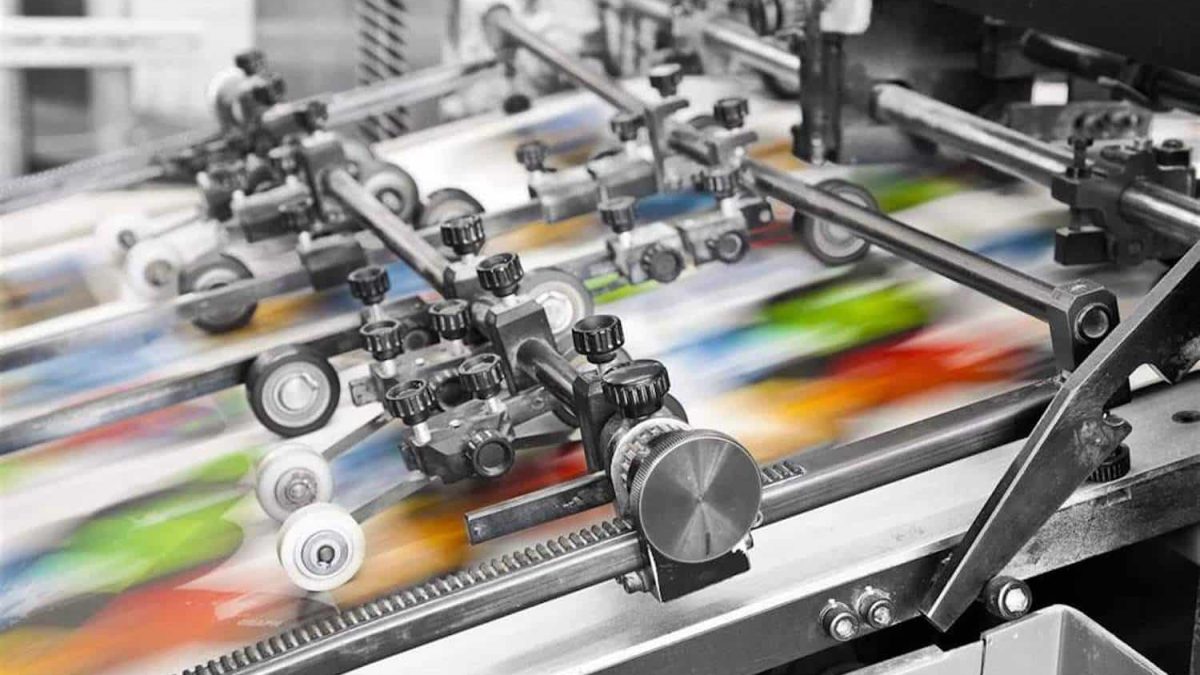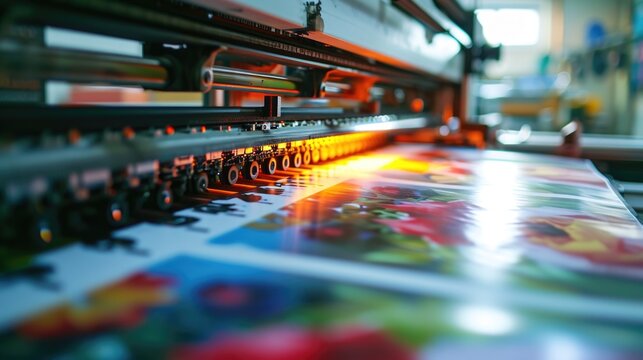In the world of printing, offset printing has long been celebrated for its ability to produce high-quality prints at a low cost for large volume jobs. Despite its advantages, it’s important to understand the various limitations of offset printing that might affect business operations. This article explores these challenges, offering insights that every business professional should consider.

Understanding Offset Printing
Before delving into the limitations, it’s essential to grasp what offset printing entails. This traditional printing method involves transferring an inked image from a plate to a rubber blanket, then onto the printing surface. It’s renowned for its ability to produce consistent, high-quality images, especially for large print runs.
Initial Setup Costs
One significant drawback of offset printing is its high initial setup cost. The process requires the creation of plates, which can be costly. For businesses with small print runs, this setup cost can make offset printing less economical compared to digital printing.
Cost Implications for Small Businesses
Small businesses often find offset printing to be financially challenging due to these initial expenses. For more insights on how this impacts small businesses, you might find this article on offset printing for small businesses informative.
Time-Consuming Setup Process
The setup process for offset printing is not only costly but time-consuming. Preparing plates and calibrating the printing press can take hours, delaying the start of the actual printing job. This can be a significant disadvantage for businesses needing quick turnaround times.
Limited Flexibility
Once the plates are made, changing the design or details requires creating new plates, which is both time-consuming and expensive. This lack of flexibility can be a major drawback in fast-paced industries where design changes are frequent.
Impact on Customization
For businesses that require high levels of customization, the limitations in flexibility can be a substantial barrier. Digital printing offers more adaptability, making it a better option for customized jobs.
Environmental Concerns
Offset printing involves the use of chemicals and a significant amount of water, raising concerns about its environmental impact. In an era where sustainability is crucial, businesses might face challenges aligning offset printing practices with eco-friendly initiatives.
Sustainability in Printing
Many organizations are now exploring sustainable printing options to reduce their environmental footprint. This is an area where digital printing often has the upper hand, using less water and fewer chemicals.
Print Quality Limitations
While renowned for high-quality images, offset printing isn’t flawless. It can struggle with maintaining consistency across different print runs, particularly if the press isn’t properly calibrated or maintained.
Quality Control Challenges
Ensuring consistent quality requires regular maintenance and skilled operators, which can increase operational costs. Businesses must weigh the benefits of high-quality prints against these potential challenges.
Color Limitations
Offset printing uses the CMYK color model, which can limit the range of colors available compared to digital printing methods. This limitation can be problematic for businesses that require precise color matching.
Volume Constraints
While offset printing is ideal for large runs, it becomes less economical for smaller quantities. This constraint makes it less suitable for businesses needing limited print quantities or frequent small-batch jobs.
Technological Advancements
With rapid advancements in digital printing technology, offset printing is facing increased competition. Digital printing offers advantages like variable data printing, which offset simply cannot match.
Maintenance and Expertise
Running and maintaining an offset press requires skilled personnel, which adds to labor costs. Additionally, the machinery demands regular maintenance to function optimally, posing another financial consideration for businesses.
The Role of Skilled Operators
Without skilled operators, achieving the desired print quality and efficiency can be challenging. This reliance on expertise can be a significant hurdle for businesses seeking to streamline operations.
Comparing Offset and Digital Printing
When deciding between offset and digital printing, it’s crucial to consider these limitations. For a more detailed comparison, this resource on offset vs digital printing provides valuable insights.
Conclusion
While offset printing offers undeniable advantages, especially for large-scale jobs, its limitations in cost, flexibility, and environmental impact may influence a business’s decision-making process. By understanding these challenges, businesses can make more informed choices about their printing needs and explore alternatives that better suit their operations.

FAQ
What are the main limitations of offset printing?
The main limitations include high initial setup costs, time-consuming processes, limited flexibility, environmental concerns, and difficulties with color matching.
Is digital printing a better option than offset printing?
Digital printing can be a better option for small runs, customized jobs, and when quick turnaround times are needed. However, offset printing is still preferred for large-volume, high-quality jobs.
How can businesses mitigate the environmental impact of offset printing?
Businesses can reduce the environmental impact by using eco-friendly inks and recycled paper, and by implementing sustainable practices in their printing operations.
This article contains affiliate links. We may earn a commission at no extra cost to you.







